
As incentives tail off but growth remains, here’s how automakers plan to find success with consumers in the ZEV market and the role of PHEVs in the reconfigured environment
The zero emission vehicle market has cooled down but that doesn’t mean there won’t be growth in the market. It just may not be as rapid as what was seen in recent times, especially to close out 2024.
ZEV sales in Canada reached record highs in the last quarter of 2024. According to S&P Global Mobility’s end-of-year Canadian Automotive Insights, the country’s ZEV market continued its rapid growth in the fourth quarter, reaching a national penetration rate of 18.9 per cent of new vehicle registrations. That’s up from 16.5 per cent the previous quarter.
This marked the highest quarterly share on record, reflecting growing consumer interest and supportive government policies, the group reported. Battery electric vehicles specifically made up 17.8 per cent of new vehicle registrations in December alone.
For the entire year ZEV rate hit 15.4 per cent in 2024, up from 11.7 per cent for 2023. BEVs made up 11.4 per cent for 2024 and Plug-in hybrid electric vehicles ended the year with 3.9 per cent market share.
But things changed in January — drastically. As federal incentives were paused and Quebec reduced incentives from $7,000 to $4,000 for this year, which will eventually be eliminated in 2027, the ZEV rate in January was expected to be about 10 per cent.
While that’s a drop off from December, it still means there was growth in the market. Automakers are adding to the options available, especially in the light truck segment.
“I think one of the things that we’ve seen with EVs that is helping the EV marketplace — you’re seeing more of those trucks come into play now,” Todd Campau, associate director of the aftermarket at S&P Global Mobility, explained at last fall’s AAPEX. “There’s more crossover utility vehicles and more pickup truck EVs that are available.”
And there’s a greater focus on PHEVs. At the 2025 Canadian International AutoShow in Toronto, more PHEV options were presented to customers as a best of both worlds. They see this as a growth opportunity, as they position themselves to meet the increasing demand.
At the show, industry leaders from Ford, Volvo, Stellantis and Kia spoke with EV World about their strategies and insights into the evolving landscape of automotive technology.
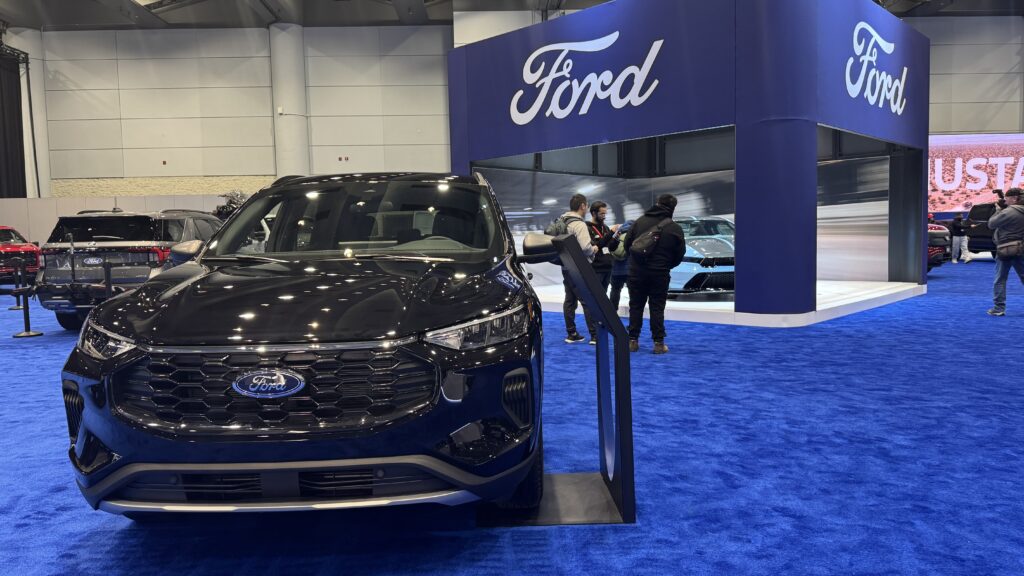
Ford’s flexible approach
Canadian car buyers are increasingly embracing electric vehicles, and Ford is positioning itself to meet that demand with a strategy of flexibility and choice, according to Said Deep, Ford’s head of North American product communications.
In an interview with EV World, Deep provided insights into Ford’s electrification strategy that goes beyond a one-size-fits-all approach to vehicle technology.
“We believe in this freedom of choice,” he emphasized, highlighting the company’s comprehensive lineup that spans from fully electric vehicles to traditional gas-powered models and hybrid options.
The company’s electric vehicle strategy is rooted in providing consumers with multiple powertrain choices. Deep pointed to Ford’s current lineup, which includes the Mach-E electric SUV and the F-150 Lightning electric truck, alongside traditional gas-powered Mustangs and a range of hybrid vehicles.
“We think customers come to us and have a range of electrified vehicles they can get, or they can get a traditional gas option,” he explained.
Government incentives are playing a critical role in driving electric vehicle adoption. Deep noted that tax credits are helping to change consumer behaviours, making potential buyers more likely to explore electric options.
“The tax credits are certainly helping people ask, ‘Do I want an EV?’” he said. These incentives are particularly important as Ford looks to expand its electric vehicle market.
“We had kind of this `first movers´ wave of EV buyers that were really excited, and now the next wave of EV buyers needs to be a bit more convinced to try the technology.”
The company is particularly excited about introducing more affordable electric vehicles in the near future. Deep hinted at upcoming models that will be smaller and more accessible to a broader range of consumers.
“We have other EVs that are going to be coming in different price ranges,” he revealed, suggesting Ford is committed to making electric vehicles more attainable for average Canadian consumers.
Recognizing that infrastructure remains a significant barrier to electric vehicle adoption, Deep noted the launch of the “Ford Power Promise” initiative. The program offers a comprehensive approach to addressing consumer concerns and aims to remove one of the most significant obstacles potential EV buyers face – home charging infrastructure.
“We will give you a complimentary charger for your home, with standard installation,” Deep explained.
The Canadian electric vehicle market presents an interesting case study compared to the United States. Deep acknowledged the unique dynamics, noting that while the markets are similar, Canada has shown a more robust appetite for electric vehicles.
“We’re seeing growth across all of these different powertrains,” he said, highlighting the nuanced approach to electrification, be it battery, plug-in or mild hybrid options.
And Ford is not a newcomer to this area of the market. Deep noted the company’s long history with hybrid technology, pointing out that Ford introduced its first hybrid SUV, the Escape Hybrid, back in 2004 – more than 20 years ago.
“We’ve never left that segment,” he said. Noting the company’s consistent approach to alternative fuel technologies.
Looking forward, Ford plans to expand its electrified lineup significantly. The company aims to have hybrid versions across its entire lineup by the end of the decade. Deep also hinted at exploring extended-range electric vehicles.

Volvo revised roadmap
The electric vehicle revolution is taking a detour, and Volvo Canada is charting a revised course through the changing automotive landscape.
Volvo had planned to offer a fully electrified lineup by 2030. They’ve revised that plan, now to include PHEVs as part of its goal. Volvo’s new strategy demonstrates a nuanced approach to electrification — one that prioritizes consumer needs and technological flexibility.
Matt Girgis, Managing Director of Volvo Canada, offered a look into the company’s new electrification strategy, revealing that the road to full electric vehicles is proving more complex than initially anticipated.
“The shift to full electric is slower than we anticipated,” Girgis explained, highlighting a critical pivot in the automotive industry’s electrification journey.
The solution? Plug-in hybrid vehicles that bridge the gap between traditional combustion engines and fully electric vehicles. But PHEVs aren’t just a stopgap; it’s a strategic bridge to a fully electric future.
Volvo’s approach reflects how the industry is changing in response to consumer hesitation.
“We’re seeing that the plug-in hybrids are resonating very well with Canadians,” Girgis noted, pointing to a 75 per cent sales increase from 2023 to 2024. This surge demonstrated to the company that there’s a growing consumer appetite for a more flexible approach to electrification.
The reasons behind this shift are multifaceted. Range anxiety, affordability and infrastructure challenges continue to pump the brakes on full electric vehicle adoption.
“We had kind of this ‘first movers’ wave of EV buyers that were really excited, and now the next wave of EV buyers needs to be a bit more convinced to try the technology,” Girgis explained.
The plug-in hybrid offers a compromise. For the average Canadian, a round trip commute to the office could entirely be done on the PHEV’s battery without the need for the gas option to kick in, a fact Girgis described as “pretty significant.”
The flexibility is key, Girgis said — drivers can rely on electric power for daily commutes while having a gas engine as a backup for longer trips.
Volvo is taking a comprehensive approach to building consumer confidence in electrification. Girgis noted. The company has implemented multiple strategies, including extensive training for retailers, multi-day test drives, and strategic partnerships, such as with Tesla to provide Volvo owners with access to those charging stations.
However, Girgis emphasized that no single solution will solve the electrification challenge.
“You’re talking about multiple pressure points, and you have to respond to all of them,” he stressed.
This means addressing everything from government rebates to charging infrastructure, from vehicle affordability to technological training, he added.
The company is also working to make electric and hybrid vehicles more accessible through technological innovations. Over-the-air updates provide a promising solution, allowing consumers to upgrade their vehicles more easily and technicians to stay current with emerging technologies.
Despite the challenges, Girgis remains cautiously optimistic about the momentum automakers have in the in the industry.
“But with a lot of the clouds around you, kind of have to be on your toes and pay close attention to how all these macro things unfold,” he said.
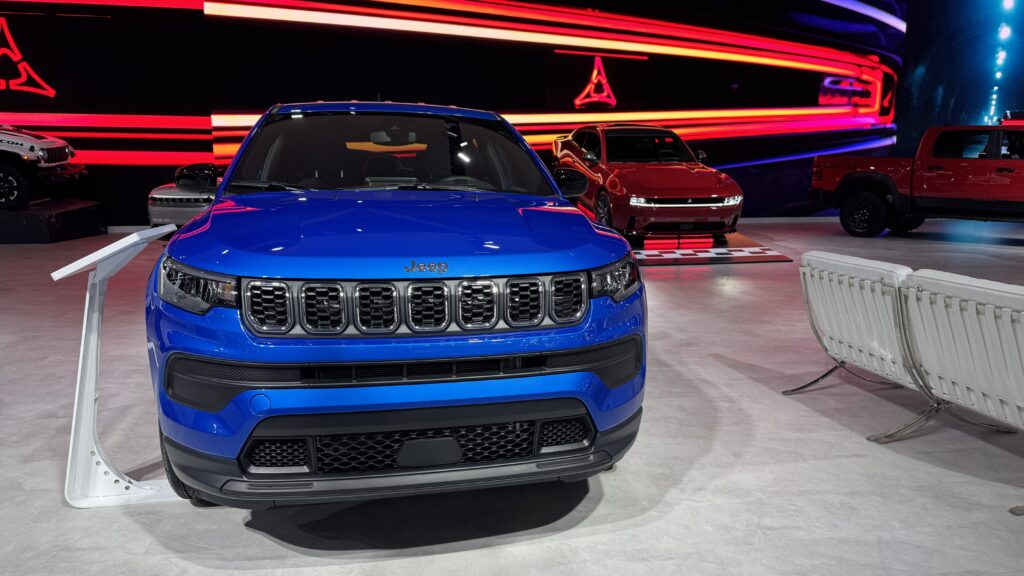
Stellantis navigating the new landscape
The future of driving is electric, but not in the way many initially predicted. As the automotive industry continues its transformative journey, Stellantis representatives explained how they are charting a course that embraces flexibility, innovation and consumer choice.
In Toronto, Stellantis executives Mike Szymkiewicz and Lou Ann Gosselin offered a look into how they see the evolving world of electric vehicles, painting a picture of an industry that’s rapidly adapting to changing consumer needs and technological advancements.
As the automotive landscape continues to transform, they highlighted that Stellantis is positioning itself as a leader in providing versatile, innovative solutions. The company’s approach goes beyond simply selling vehicles — it’s about offering consumers choices that align with their lifestyle, budget, and environmental concerns.
The company’s approach to electrification is anything but one-dimensional, they highlighted
“For a long time, people felt EV was the only solution,” explained Lou Ann Gosselin, head of communications for Stellantis. “Now, everybody seems to be coming to the conclusion that it’s not just an all-electric future we’re going to satisfy.”
This philosophy is evident in Stellantis’ recent product launches.
“We launched the all-new Dodge Charger, made in Canada, and the Jeep Wagoneer Air, which are our first fully electric vehicles,” said Mike Szymkiewicz, head of product planning for FCA.
The journey hasn’t been without its challenges, he noted.
“Getting dealers engaged, educated, and invested in selling these vehicles has been an incredible challenge, but also incredibly rewarding,” Szymkiewicz observed.
“For a long time, people felt EV was the only solution. Now, everybody seems to be coming to the conclusion that it’s not just an all-electric future we’re going to satisfy.”
The market is showing clear signs of maturation. Consumer hesitation is giving way to increased comfort and understanding of electric vehicle technology.
“Electric vehicles are everywhere now,” Szymkiewicz noted. “People are more comfortable with the technology and how they drive. There’s no longer a penalty to pay for driving an electric car.”
Particularly exciting to them is the rise of plug-in hybrid vehicles, which Szymkiewicz described as “the perfect technology, the perfect package.”
These vehicles offer a compelling compromise, allowing drivers to navigate city streets on electric power while maintaining the range capabilities crucial for longer Canadian journeys.
Pricing is becoming increasingly attractive, making electric vehicles more accessible to a broader range of consumers. Szymkiewicz pointed to the Fiat, which starts at under $40,000. So their message is that while the future of driving is electric, it’s also flexible and accessible.
This “is opening up the technology to a whole other group of customers,” Szymkiewicz said.
However, the path to widespread electric vehicle adoption is not without its obstacles. The automotive industry continues to grapple with uncertainty as government rebates evaporate but mandates stay in place.
“The rebates going away and potentially coming back, along with existing mandates, are introducing some clunkiness into people’s buying decisions,” Szymkiewicz acknowledged.
The pair noted that their company is meeting these challenges head-on by offering a diverse range of powertrain options. The company continues to provide hybrid options across its product line, including minivans and Jeep products. This strategy reflects a nuanced understanding of consumer needs — recognizing that one size does not fit all when it comes to automotive technology.
The broader context is promising. The Canadian automotive market saw strong sales in 2024, with electric and hybrid vehicles playing an increasingly significant role. Industry experts see this as more than just a passing trend, but a fundamental shift in how consumers think about transportation.
“What they will find is that on a plug-in hybrid that only does 50 kilometres of range before the gas engine kicks in, they never end up using the gas engine.”
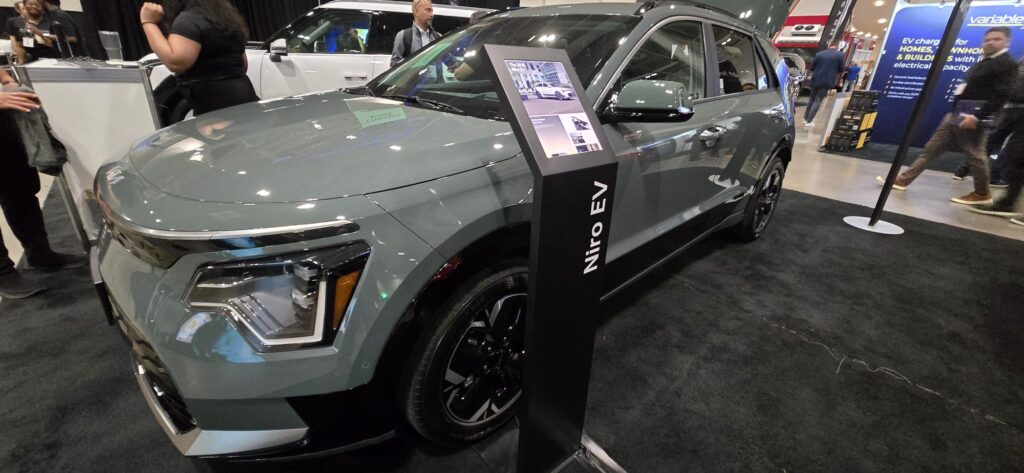
Kia plots out the road ahead
Canadian car buyers are navigating a complex landscape of automotive technology, and plug-in hybrid vehicles are emerging as the bridge between traditional gas-powered cars and fully electric vehicles.
Elias Al-Achhab, chief operating officer of Kia Canada, believes the path to widespread electric vehicle adoption isn’t a straight highway, but a carefully navigated route with hybrid technologies serving as crucial waypoints.
“In the short term, we see more hybrids and plug-in hybrids growing at a faster pace,” Al-Achhab explained during an interview at the 2025 Canadian International AutoShow. “We see it shifting back towards bigger growth in EVs in the next three to five years.”
The key driver behind this gradual transition? Consumer anxiety about fully electric vehicles.
“Range anxiety is a big one,” Al-Achhab noted.
Most consumers worry about an electric vehicle’s ability to last throughout their daily driving needs. Plug-in hybrids offer a psychological safety net, providing a gas engine backup that ultimately helps drivers become more comfortable with electrification, he added.
As also noted by Volvo’s Girgis, Al-Achhab highlighted that many plug-in hybrid owners discover they rarely use their gas engine.
“Most people will buy a plug-in hybrid because they’re worried about lasting on a full charge,” he said. “What they will find is that on a plug-in hybrid that only does 50 kilometres of range before the gas engine kicks in, they never end up using the gas engine.”
This discovery often leads consumers to realize that electric vehicles with longer ranges — like those offering 450 kilometres — are more than sufficient for their needs.
As the automotive landscape continues to evolve, plug-in hybrids represent a critical stepping stone, Al-Achhab noted. The option is helping Canadian drivers gradually embrace electrification while maintaining the comfort and flexibility they’ve come to expect from their vehicles.
And the transition to electric vehicles isn’t just about technology, but education. Al-Achhab emphasized that misinformation and lack of understanding remain significant barriers.
“There’s a job to be done between the OEMs, the dealers and the government to try to educate consumers on what their options are, so that they make the right decision for their lifestyle,” he said.
Concerns about vehicle maintenance, particularly battery repairs, are also being addressed. Kia’s approach involves modular battery systems that allow for targeted repairs.
“Should anything arise where you have a module that has died or is not keeping charge to the right extent, we can just replace that part of the battery,” Al-Achhab explained.
The ultimate goal remains clear: Providing Canadians with a comprehensive range of vehicle options that meet diverse needs and comfort levels.
“We have a car for everybody,” Al-Achhab stated. “EVs are very much in and have given us a lot of good success, but they’re not maybe for everybody at the moment.”
This article originally appeared in the Spring 2025 issue of EV World

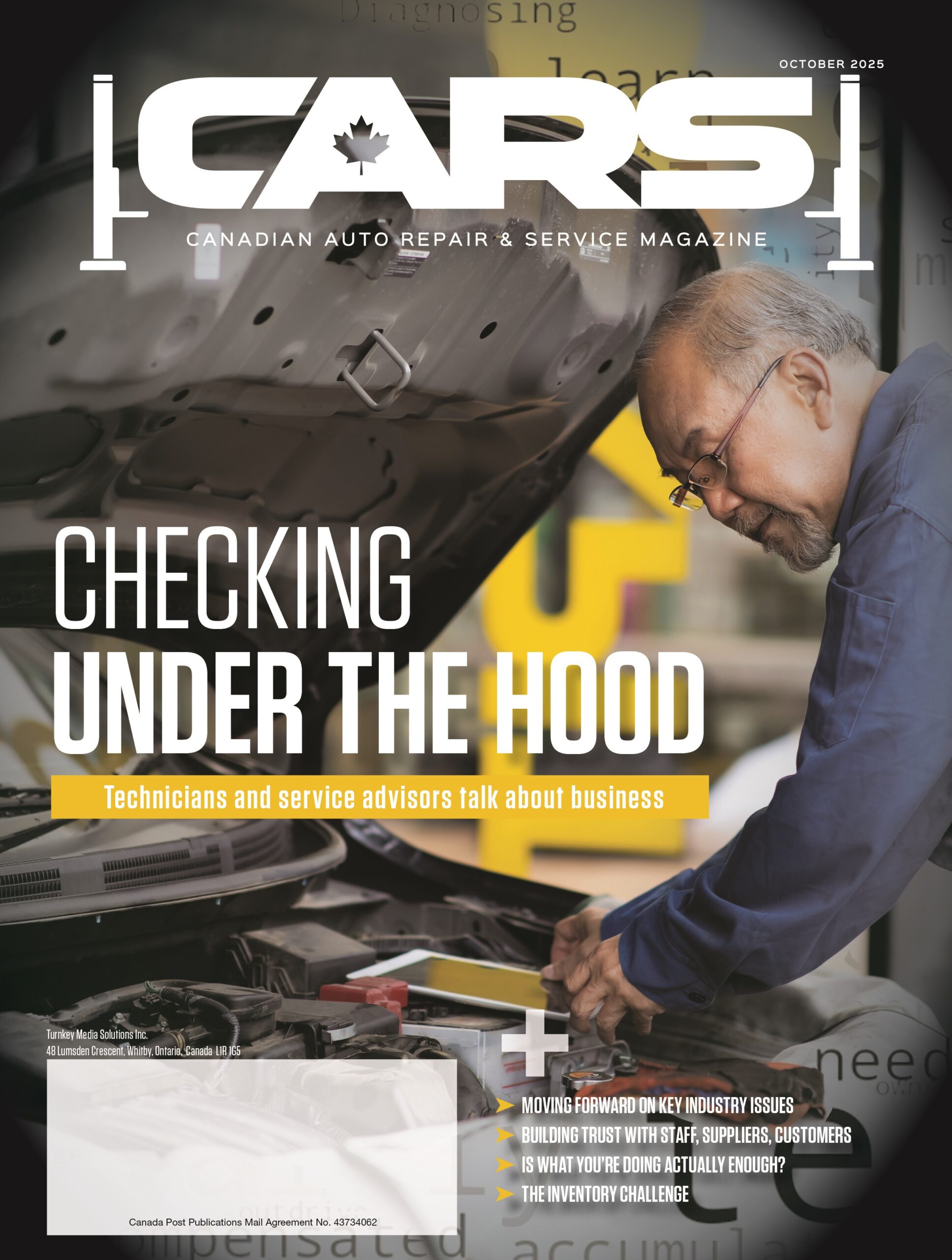

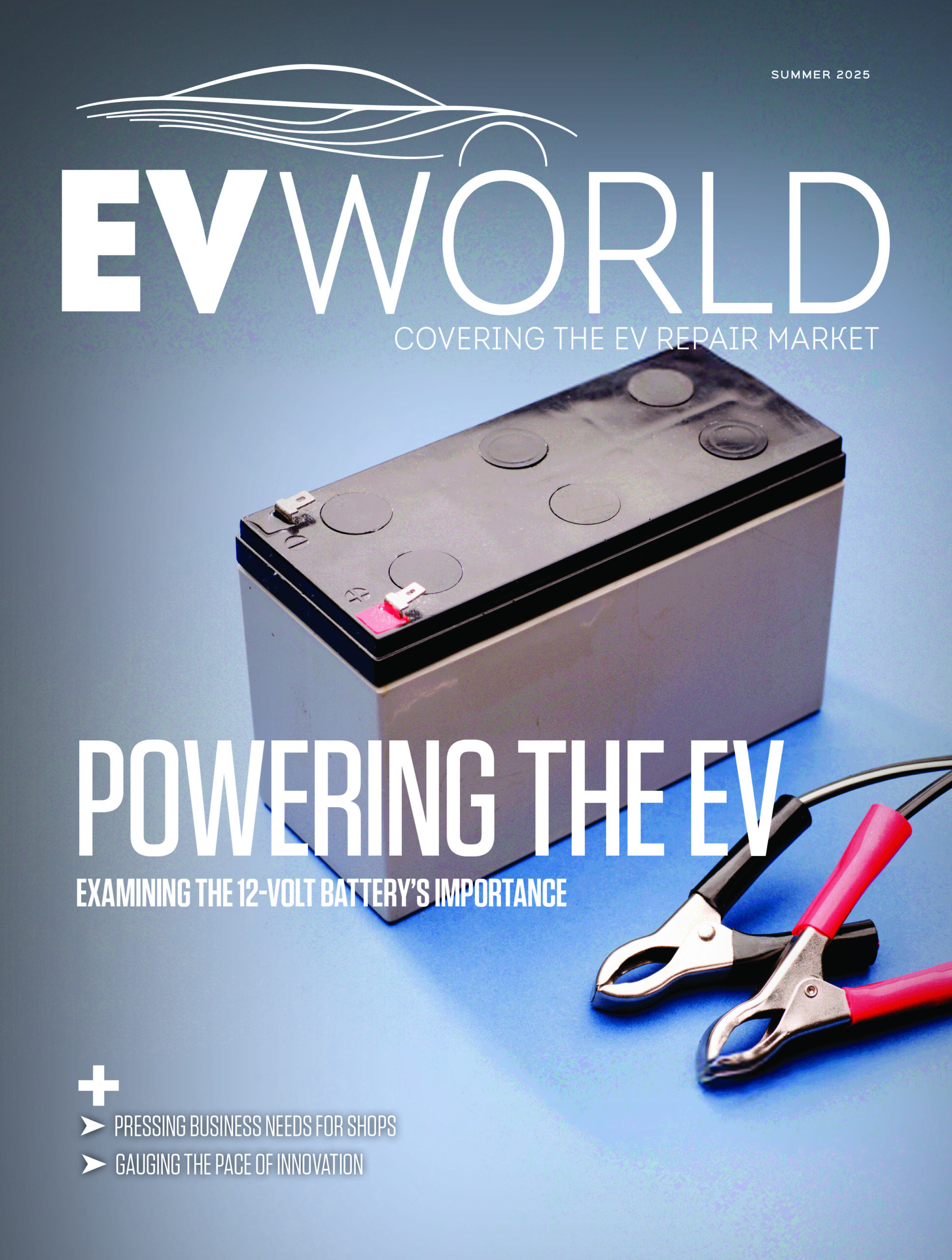

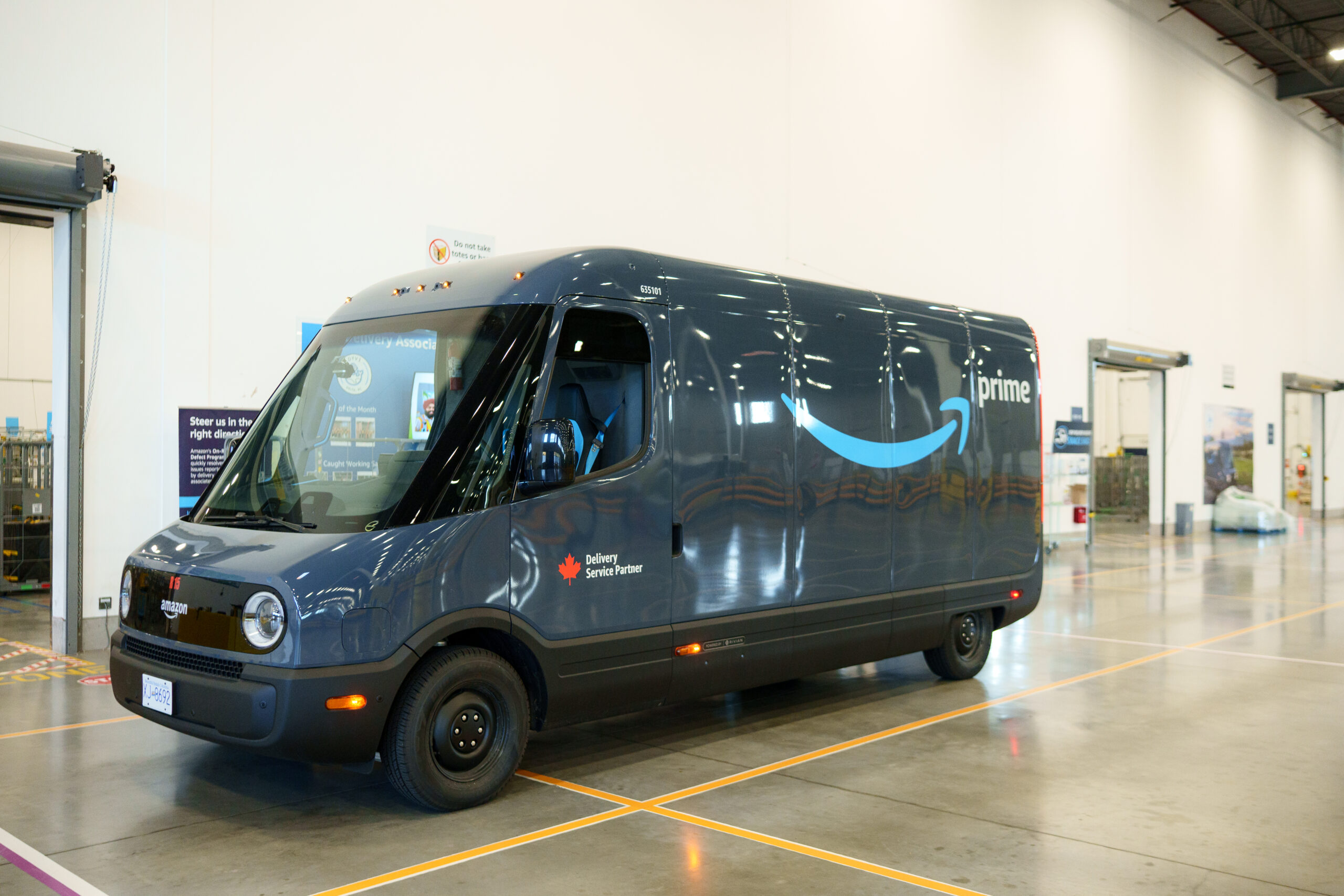



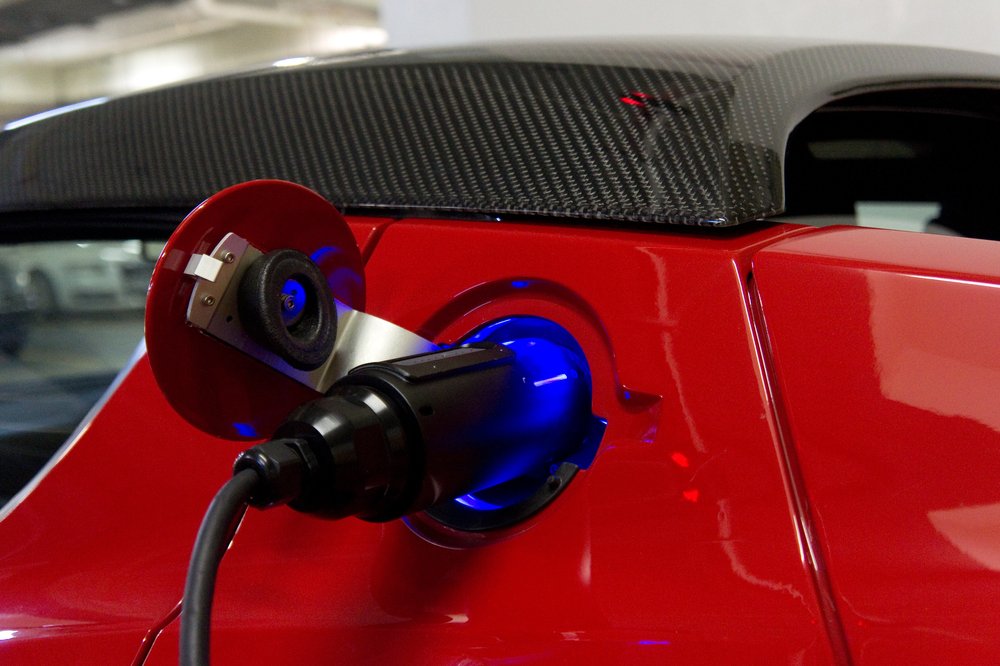
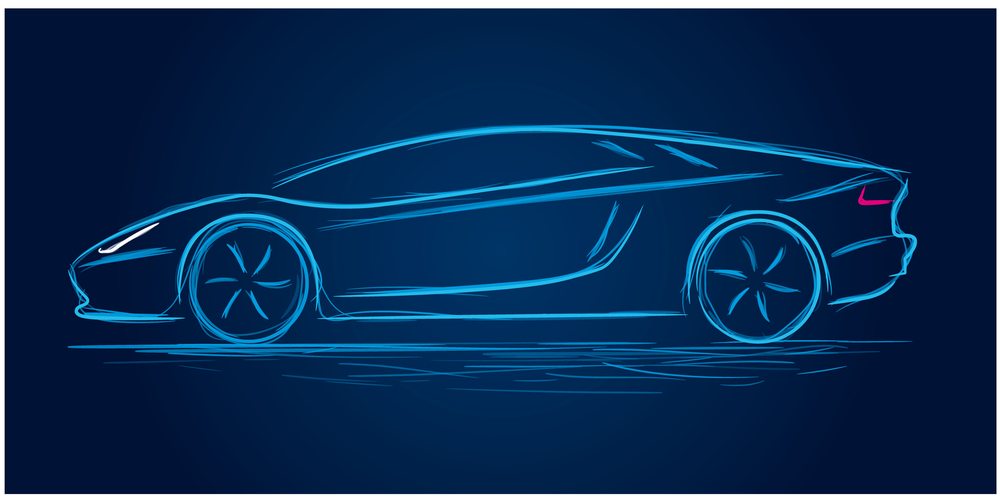

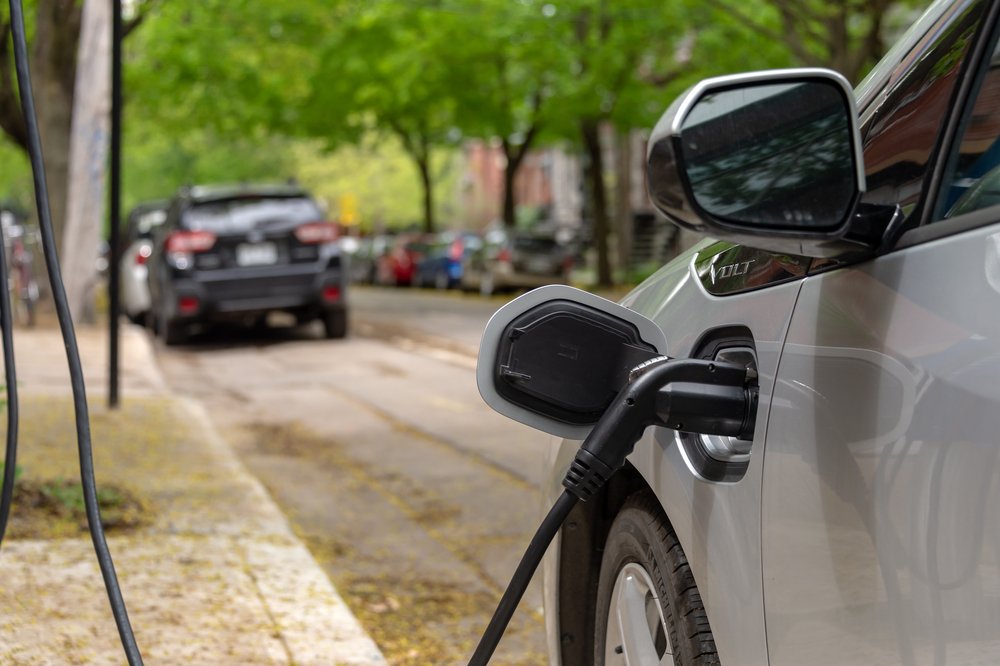
Leave a Reply